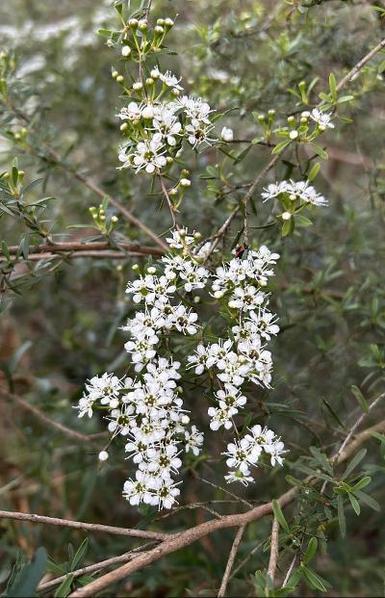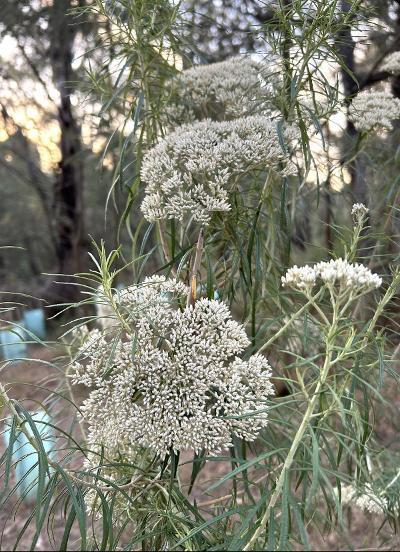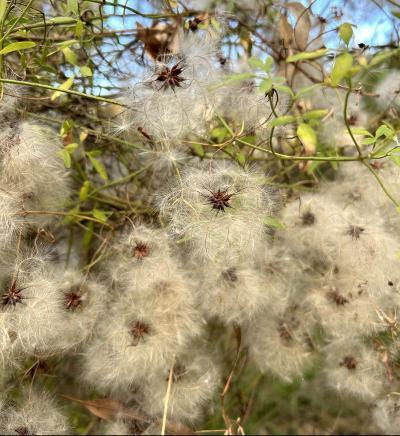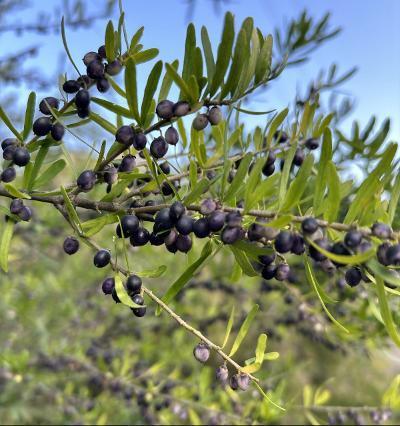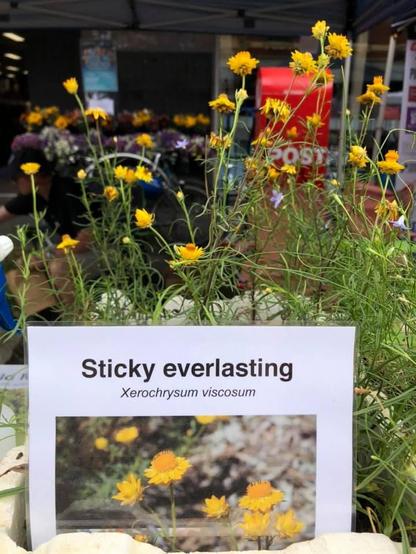American cities with the most trees per square mile
Source: thoughtco.comListed below are those larger American cities for whom data on tree canopies is readily available, that have the most trees per square mile. Bear in mind that some examples are solely from inside the city limits proper, while others like Miami are for both the city and surrounding county.
Most surprising from the data gathered is the extent of the tree canopies in some Texan cities, especially Dallas and its suburbs, as well as Austin. Also, an unfortunate number of cities have not estimated the extent of their tree canopy.
One would have thought that ever city with a collegiate forestry or landscape architecture program would have long since calculated the extent of their tree canopy. Certainly, some have, as Athens, Austin, Seattle, Ann Arbor, Gainesville, and Fort Collins all can attest. But to not find comparable numbers from places like Boulder, Eugene, Raleigh, or Madison was quite unexpected.
Peace!
Note: Data is for all trees on both public and private property.
_______
- Athens, Georgia = 13.3 million or 112,640 trees per square mile
2. Austin, Texas = 33.8 million or 103,522 trees per square mile
3. Orlando, Florida = 7.5 million or 67,812 trees per square mile
4. Tampa, Florida = 9.9 million or 56,474 trees per square mile
5. Seattle, Washington = 4.35 million or 51,909 trees per square mile
6. Ann Arbor, Michigan = 1.45 million or 51,408 trees per square mile
7. Houston, Texas = 33 million or 49,624 trees per square mile for Houston
8. Gainesville, Florida = 2.95 million or 46,714 trees per square mile
9. Springfield, Missouri = 3.6 million or 43,742 trees per square mile
10. Bellevue, Washington = 1.4 million or 41,841 trees per square mile
11. Lewisville, Texas = 1.652 million or 38,870 trees per square mile
12. Dallas, Texas = 14.7 million or 38,103 trees per square mile
13. Washington, DC = 2.43 million or 35,578 trees per square mile
14. Denton, Texas = 3.5 million or 35, 425 trees per square mile
15. Milwaukee, Wisconsin = 3.38 million or 35,135 trees per square mile
16. Cleveland, Ohio = 2.37 million or 30,502 trees per square mile
17. Baltimore, Maryland = 2.8 million or 30,418 trees per square mile
18. Arlington, Texas = 2.965 million or 29,589 trees per square mile
19. Arlington, Virginia = 755,000 = 29,038 trees per square mile
20. Grand Rapids, Michigan = 1.28 million or 28,444 trees per square mile
21. Tulsa, Oklahoma = 5.2 million or 26,329 trees per square mile
22. New York City, New York = 7.0 million 23,133 trees per square mile
23. Plano, Texas = 1.6 million or 22,222 trees per square mile
24. Los Angeles, California = 10.5 million or 20,887 trees per square mile
25. Cincinnati, Ohio = 1.6 million or 20,566 trees per square mile
26. Philadelphia, Pennsylvania = 2.9 million or 20,322 trees per square mile
27. Providence, Rhode Island = 415,000 or 20,165 trees per square mile
28. Miami-Dade County, Florida = 36 million 0r 18,499 per square mile
29. Chicago, Illinois = 4.1 million or 18,038 trees per square mile
30. Minneapolis, Minnesota = 979,000 or 17,026 trees per square mile
31. Denver, Colorado = 2.2 million or 14,379 trees per square mile
32. San Francisco, California = 669,000 or 14,264 trees per square mile
33. Portland, Oregon = 1.4 million or 10,491 trees per square mile
34. Sacramento, California = 1.0 million or 9,990 trees per square mile
35. St. Paul, Minnesota = 500,000 or 8,897 trees per square mile
36. San Jose, California = 1.6 million or 8,825 trees per square mile
37. Fort Collins, Colorado = 500,000 or 8,741 trees per square mile
38. Irvine, California = 550,000 or 8,384 trees per square mile
39. Birmingham, Alabama = 1.0 million or 6,803 trees per square mile
40. Virginia Beach, Virginia = 3.2 million or 6,438 trees per square mile
41. El Paso, Texas = 1.28 million or 4,954 trees per square mile
42. Oakland, California = 200,000 or 2,564 trees per square mile
43. Buffalo, New York = 130,000 or 2,476 trees per square mile
SOURCES:
- https://www.texastrees.org/wp-content/uploads/2021/06/Updated-State-of-the-Dallas-Urban-Forest-Report.pdf
- https://tfsweb.tamu.edu/content/article.aspx?id=23475#:~:text=An%20analysis%20of%20the%20Austin,oak%2C%20sugarberry%20and%20Texas%20persimmon.
- https://upwithtrees.org/Tulsa_UFMP_Final.pdf
- https://wordpress.com/post/panethos.wordpress.com/69529
- https://www.miamidade.gov/environment/library/reports/urban-tree-study.pdf
- https://www.tampa.gov/construction-services/tree-information#:~:text=Examples%20of%20protected%20trees%20include,go%20to%20the%20Accela%20website.
- https://www.tampa.gov/city-planning/natural-resource-planning/urban-forest-management-plan#:~:text=Tampa’s%20municipal%20forest%20consists%20of,species%20and%20145%20shrub%20species.
- https://research.fs.usda.gov/treesearch/53315#:~:text=An%20analysis%20of%20the%20urban,red%20maple%2C%20and%20Norway%20maple.
- https://www.clevelandmetroparks.com/news-press/2024/april-2024/cleveland-metroparks-launches-tree-planting-intera#:~:text=Total%20tree%20population%20is%20estimated,not%20tolerant%20to%20climate%20change
- https://caseytrees.org/wp-content/uploads/2017/03/iTree-2015-Report_English.pdf
- https://bcrp.baltimorecity.gov/forestry/treebaltimore/value#:~:text=Baltimore%20has%202.8%20million%20trees,and%20increasing%20our%20property%20values.
- https://chicagorti.org/2020-chicago-tree-census/#key-findings
- https://www.itreetools.org/documents/327/Milwaukee%20Ecosystem%20Analysis.pdf
- https://www.a2gov.org/departments/forestry/Pages/The-Urban-Forest.aspx#:~:text=The%20analysis%20estimates%20that%20Ann,produced%20by%20358%2C000%20automobiles%20annually.
- https://www.stpaul.gov/departments/parks-and-recreation/natural-resources/forestry/landmark-tree-program#:~:text=The%20City%20of%20Saint%20Paul,the%20City%20of%20Saint%20Paul.
- https://research.fs.usda.gov/treesearch/23593#:~:text=Abstract,quality%20in%20the%20Minneapolis%20area.
- https://coolgreentrees.org/wp-content/uploads/2024/04/Bham-Urban-Forest-Management-Plan-Upper-Village-Creek-Dec-2016.pdf
- https://www.americanforests.org/wp-content/uploads/2013/02/Seattle-Urban-Forest-fact-sheet.pdf
- https://www.americanforests.org/wp-content/uploads/2013/02/Portland-Urban-Forest-Fact-Sheet-FINAL.pdf
- https://www.sfchronicle.com/projects/2021/sf-tree-cover/#:~:text=San%20Francisco%20is%20home%20to%20an%20estimated%20669%2C000%20trees%2C%20covering,the%20wealth%20of%20its%20residents.
- https://www.oaklandca.gov/resources/tree-services-fact-sheet-frequently-asked-questions#:~:text=Estimates%20show%20that%20Oakland’s%20urban,future%20of%20Oakland’s%20urban%20forest.
- https://sanjosespotlight.com/san-jose-changes-rules-to-replenish-tree-canopy/#:~:text=There%20are%20roughly%201.6%20million,concerted%20effort%20to%20replace%20it.
- https://www.capradio.org/articles/2018/12/20/how-did-sacramento-get-so-many-trees/
- https://streetsla.lacity.org/faqs-ufd#:~:text=It%20has%20been%20estimated%20that,of%20the%20larger%20urban%20forest.
- https://storymaps.arcgis.com/stories/e271a008988240e8acc7321a5cf5eb95
- https://research.fs.usda.gov/treesearch/57234#:~:text=An%20analysis%20of%20the%20urban,pin%20oak%2C%20and%20red%20maple.
- https://www.arlnow.com/2023/02/14/how-protecting-outstanding-private-trees-figures-into-arlingtons-conservation-goals/#:~:text=There%20are%20approximately%20755%2C000%20trees,directly%20managed%20by%20Arlington%20County.
- https://s3.us-east-1.amazonaws.com/virginia-beach-departments-docs/parks-rec/Outdoors/CaringForParks/Urban-Forest-Management-Plan.pdf
- https://communityimpact.com/dallas-fort-worth/plano/environment/2022/03/01/trees-to-be-planted-along-road-in-effort-to-increase-planos-urban-forestry/#:~:text=By%20Erick%20Pirayesh%20%7C%207:00,Community%20Impact%20Newspaper%20staff)
- http://www.google.gemini.ai
- https://www.providenceri.gov/wp-content/uploads/2017/05/iTreeEcoProv2014.pdf
- https://tfsweb.tamu.edu/uploadedFiles/TFS_Main/Urban_and_Community_Forestry/Services_for_Local_Government/Inventories_and_Reports/El%20Paso%20Community%20Forest%20Assessment_final%2011.26.pdf
- https://www.cityofdenton.com/1113/Urban-Forestry#:~:text=Denton’s%20urban%20forest%20plays%20a,2.2%25%20from%202008%20to%202014.
- https://www.itreetools.org/documents/37/GR_Report.pdf
- https://edis.ifas.ufl.edu/publication/FR276
- https://www.cityofirvine.org/news-media/news-article/city-irvines-50th-anniversary-arbor-day-celebration#:~:text=With%20over%20550%2C000%20trees%2C%20Irvine,lives%20due%20to%20COVID%2D19.
- https://www.cincinnati-oh.gov/oes/natural-environment/tree-canopy/#:~:text=Cincinnati%20Parks%20%E2%80%93%20Street%20Trees,aesthetics%20throughout%20the%20urban%20forest.
- https://tfsweb.tamu.edu/uploadedFiles/TFS_Main/Urban_and_Community_Forestry/Services_for_Local_Government/Inventories_and_Reports/ArlingtonFinalUFOREAnalysisReport.pdf
- https://www.researchgate.net/publication/369649665_City_of_Lewisville_HIP_Appendix_E_-_Urban_Tree_Canopy_Study
- https://www.reed.edu/math-stats/241/2020/03/20/trees-buffalo/
- https://www.accgov.com/9914/Community-Tree-Study
- https://research.fs.usda.gov/nrs/news/releases/urban-forests-count-missouri#:~:text=Springfield%20has%203.6%20million%20trees,removal%20estimated%20at%20$2%20million.
- https://bellevuewa.gov/city-government/departments/community-development/environmental-stewardship/trees-open-space#:~:text=Bellevue’s%20estimated%201.4%20million%20trees,of%20natural%20areas%20each%20year
#cities #climateChange #environment #forests #geography #history #landUse #nature #planning #travel #treeCanopy #trees #urbanForests #urbanForsts #woodlands

